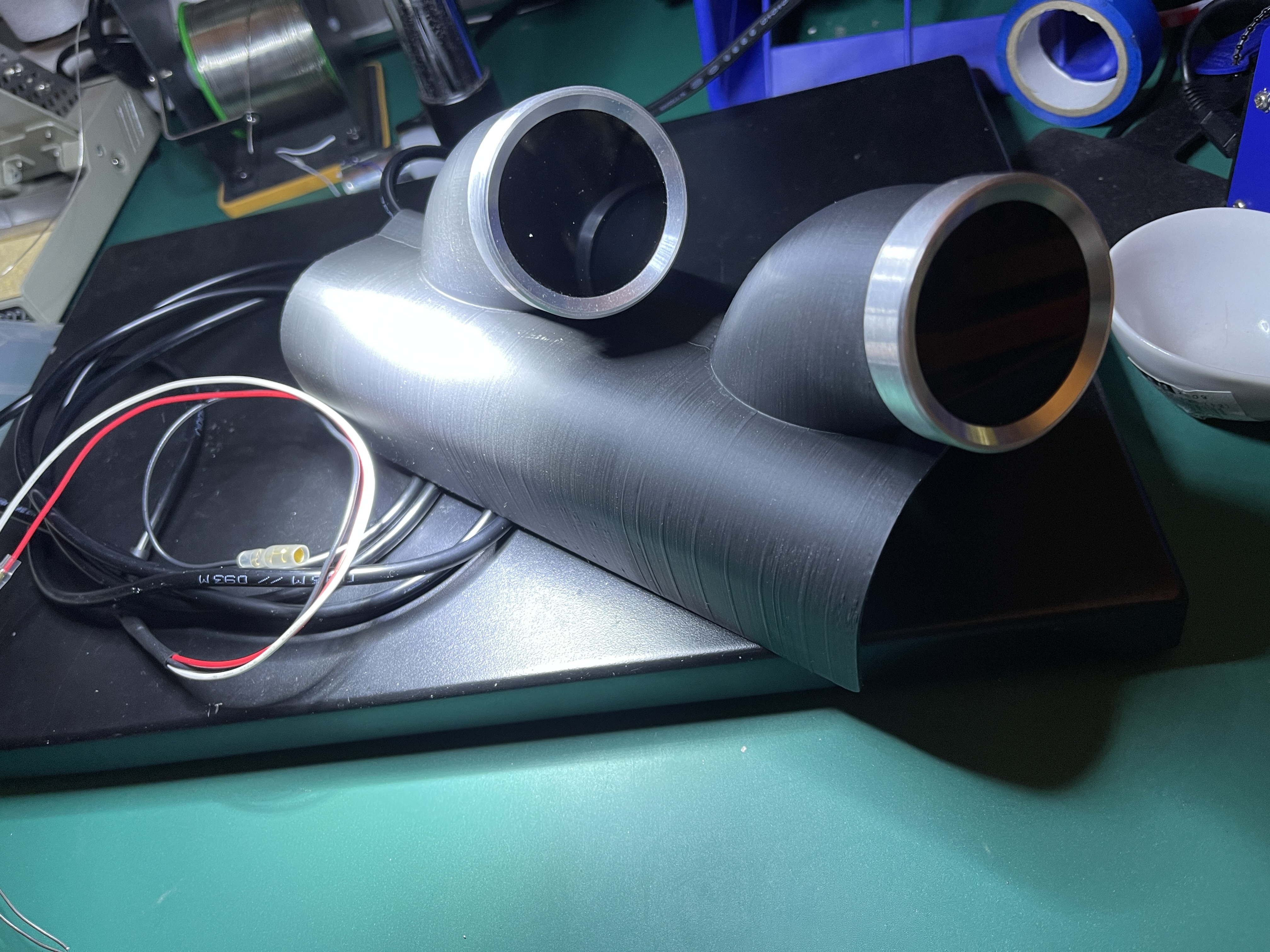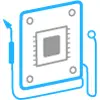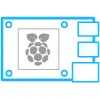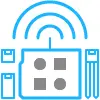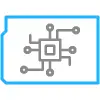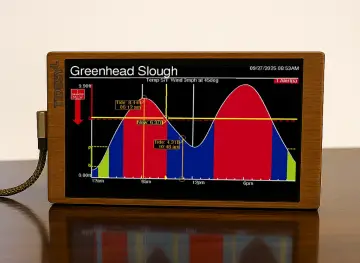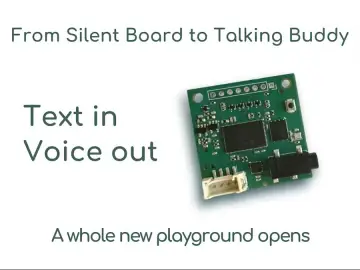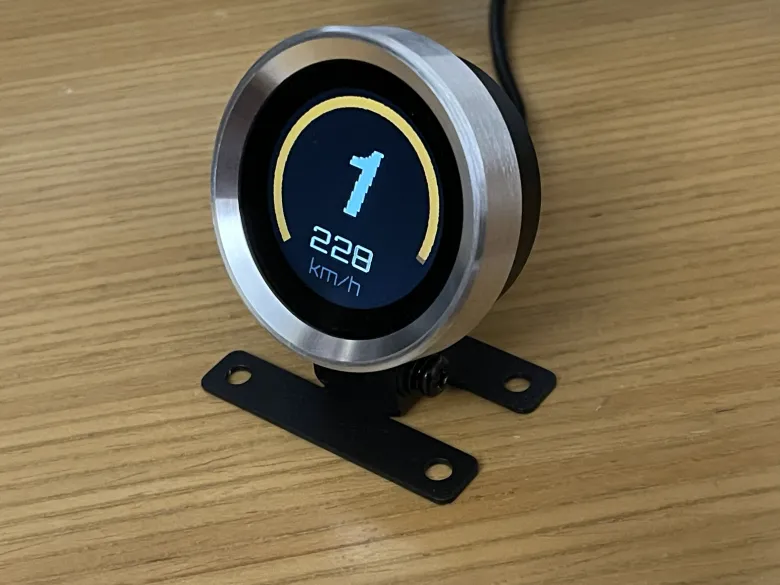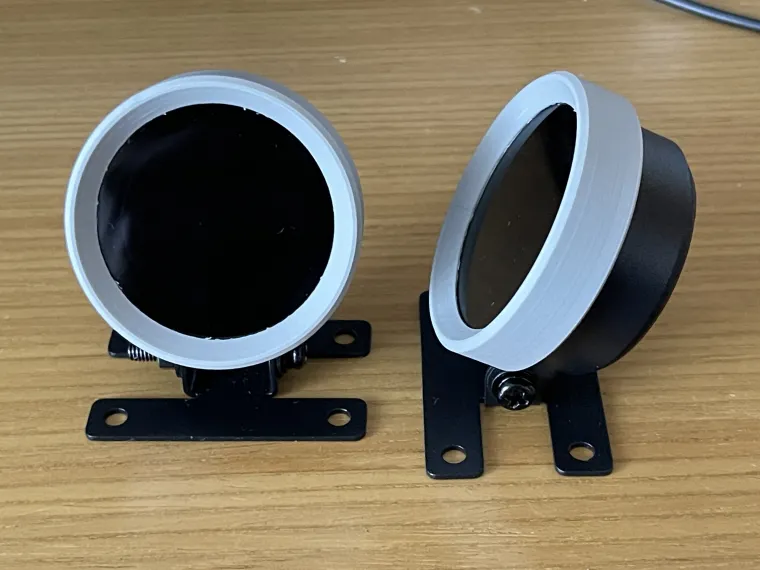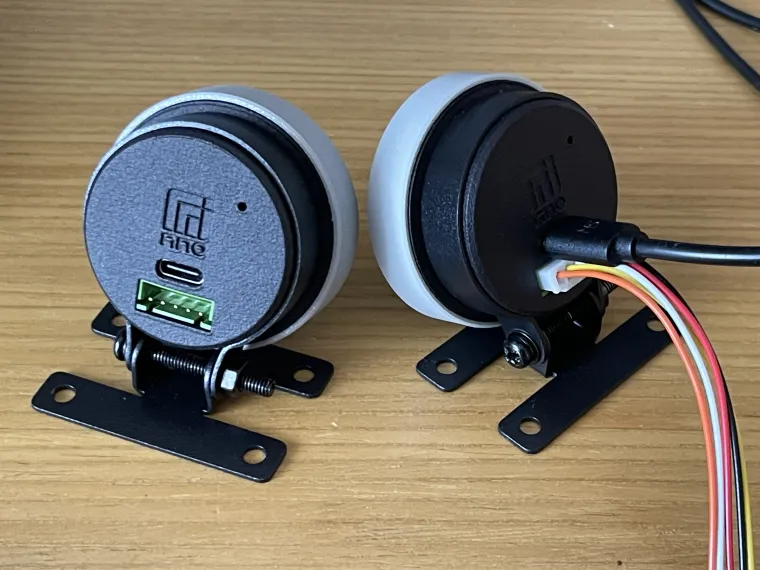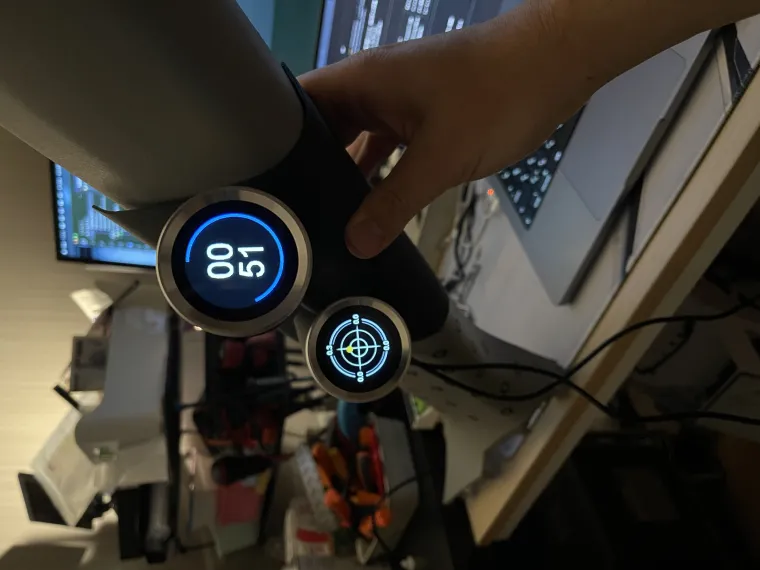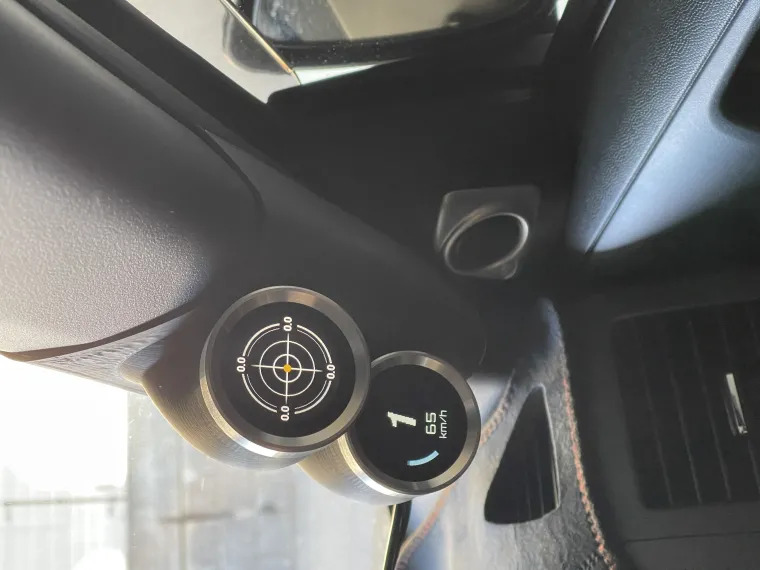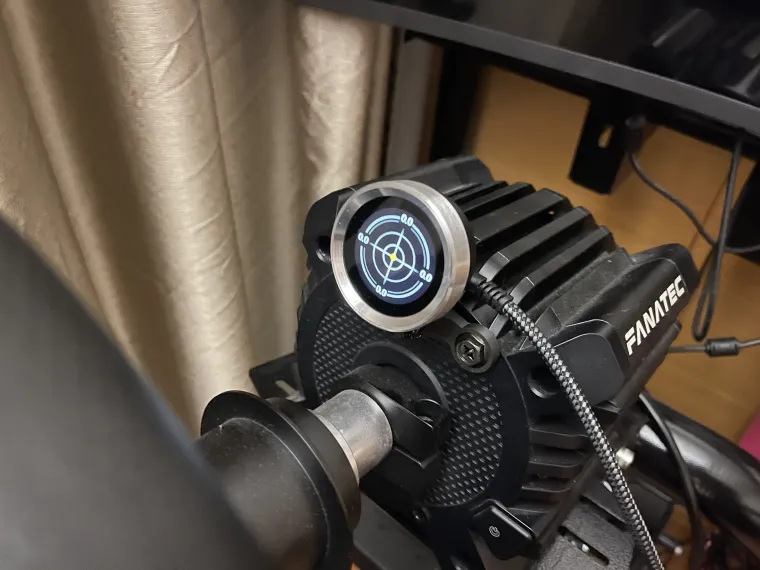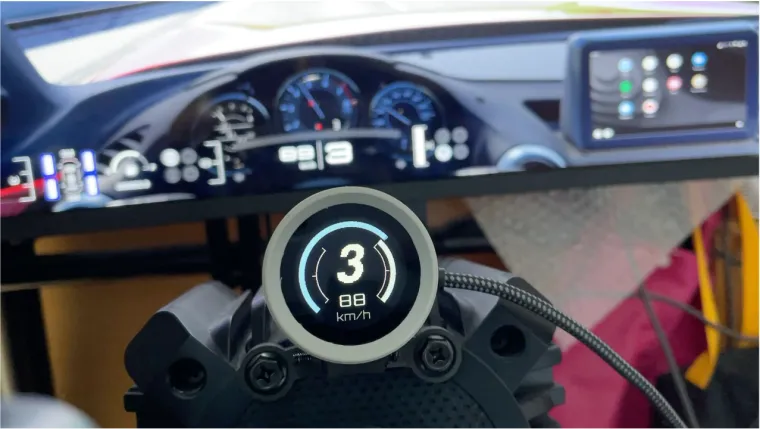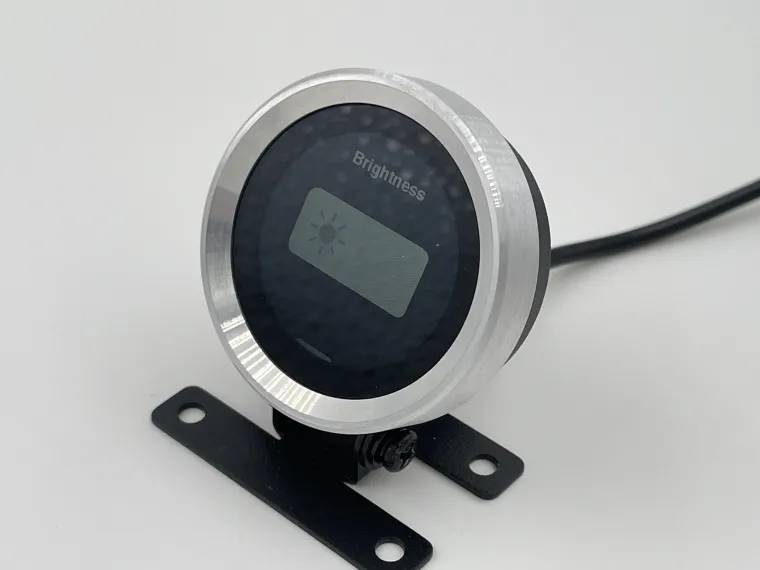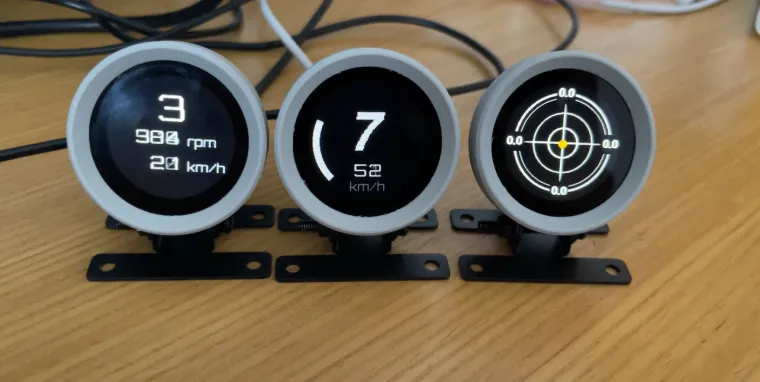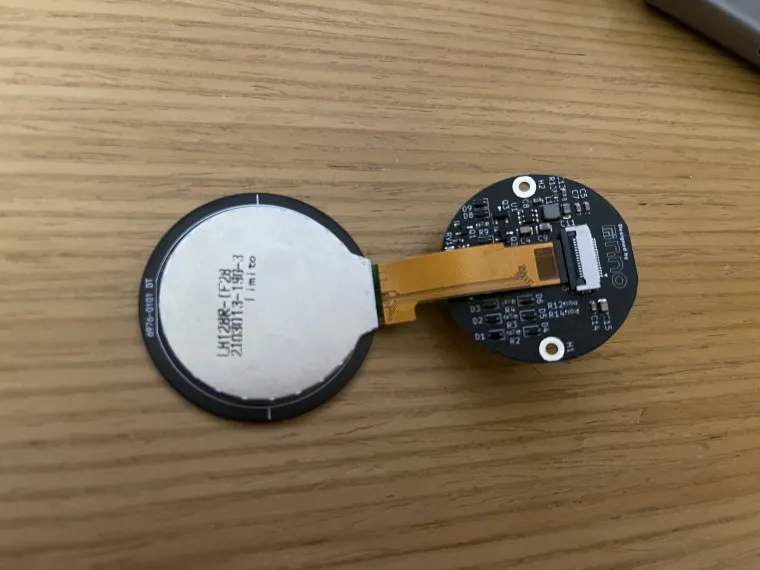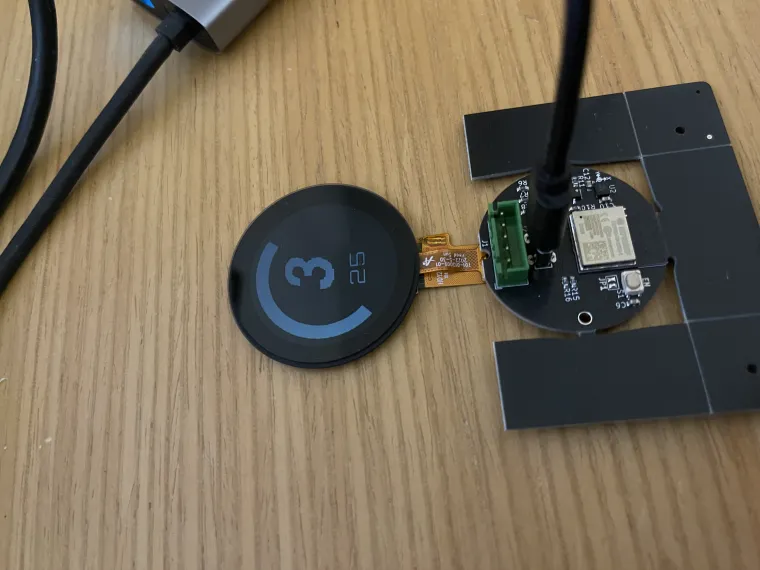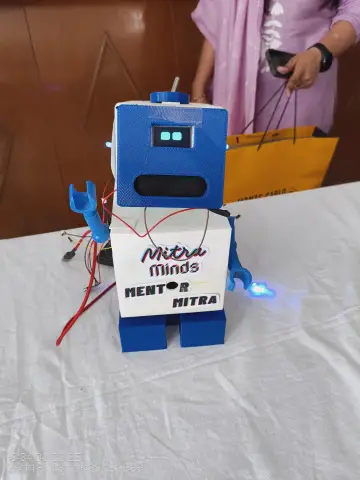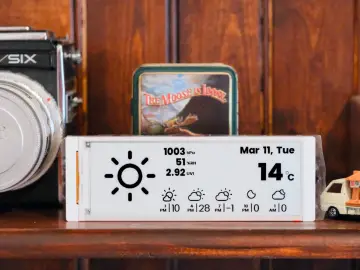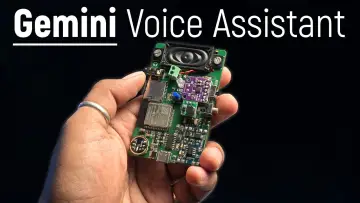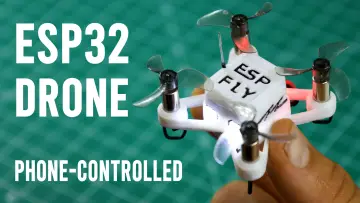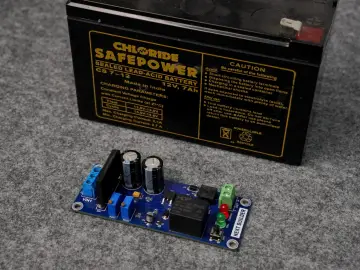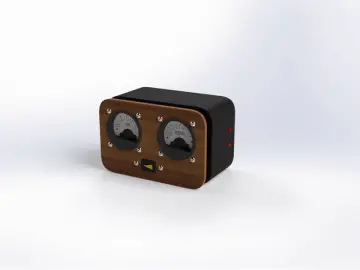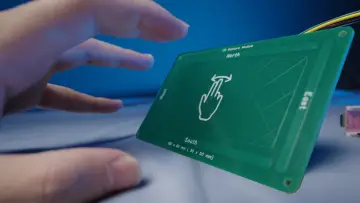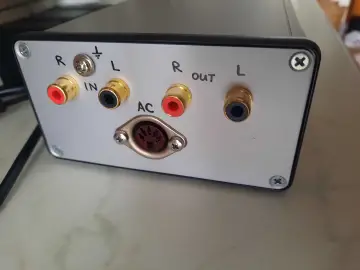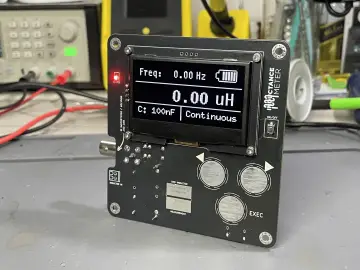Story
About this project
Various add-on meters for automobiles are available on the market, but I felt that there weren’t many compact meters with multiple functions. Additionally, since I own a manual transmission car, I wanted to create a shift indicator. Since the product I wanted didn’t exist, I decided to develop it myself.
Features
It can connect to the internet, communicate via UART, and has built-in sensors, allowing for various functionalities through coding. Currently, it supports the following features:
1. Clock function
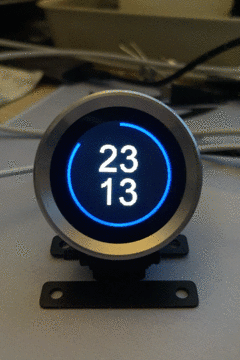
2. G-sensor
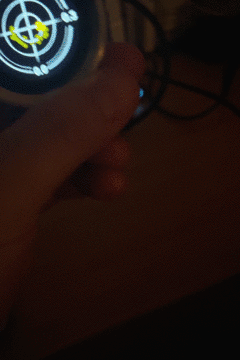
3. Integration with simulators such as Assetto Corsa
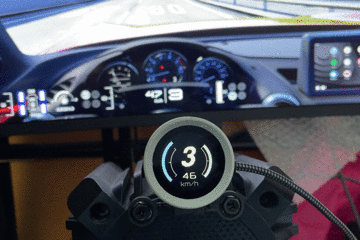
Additionally, the following feature is currently in development:
• Retrieving signals from OBD2 and displaying them on the meter
System Archtecture
The details of this meter can be found in the circuit diagram, so please refer to that for more information. This meter uses the ESP32-C3 as the MCU and is equipped with a 1.28-inch display. It also features a BMI270 sensor.
Of course, since this meter is designed for use in cars, it is compatible with 12V systems and can acquire vehicle signals. For example, by obtaining the illumination signal, it can adjust the brightness of the meter accordingly.
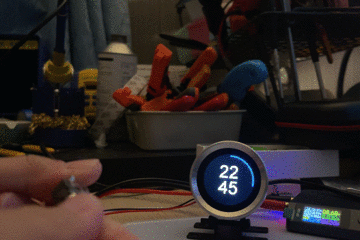
Additionally, the display is a touch panel, allowing for the implementation of swipe and button operations through coding.
I also independently developed the hardware.
I designed a chassis using a 3D printer and CNC-machined aluminum parts, which were manufactured in China.
Of course, I also designed sheet metal parts for mounting, achieving hardware similar to commercially available meters.
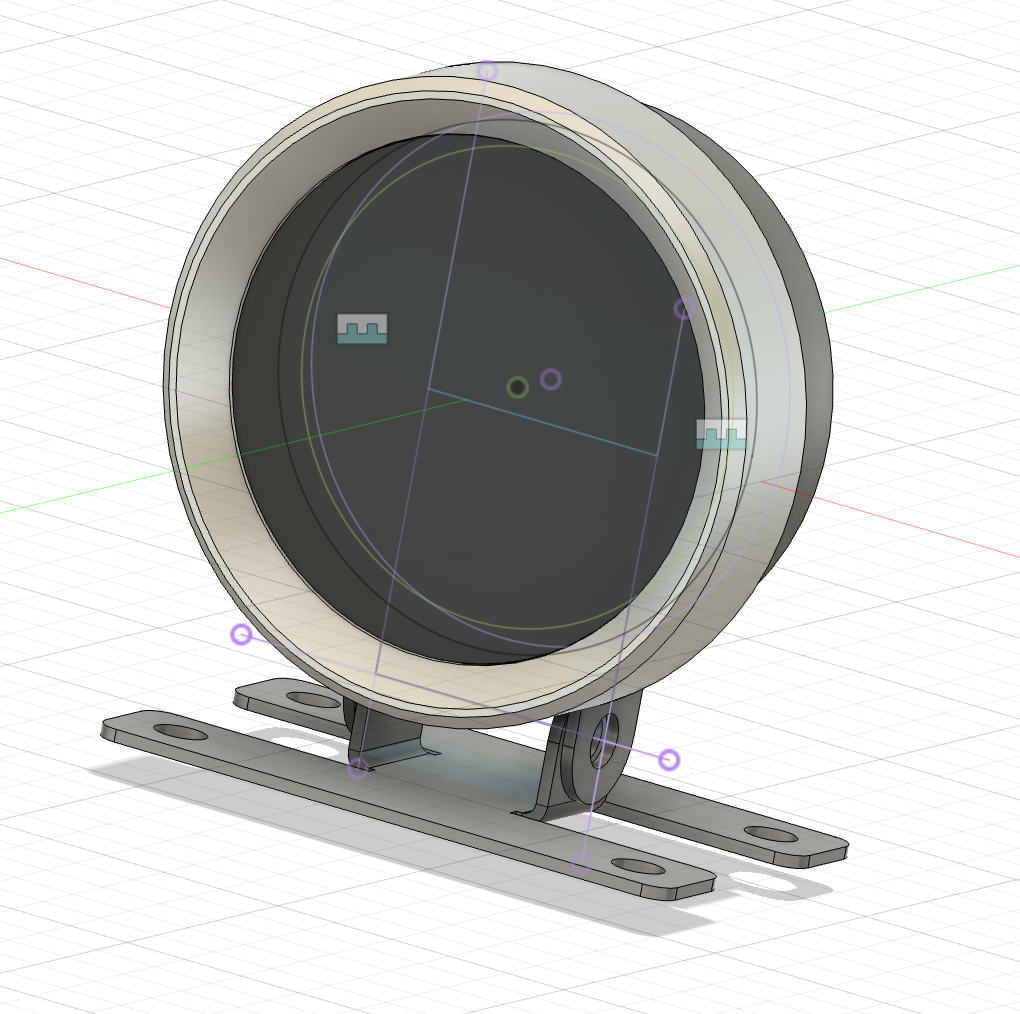
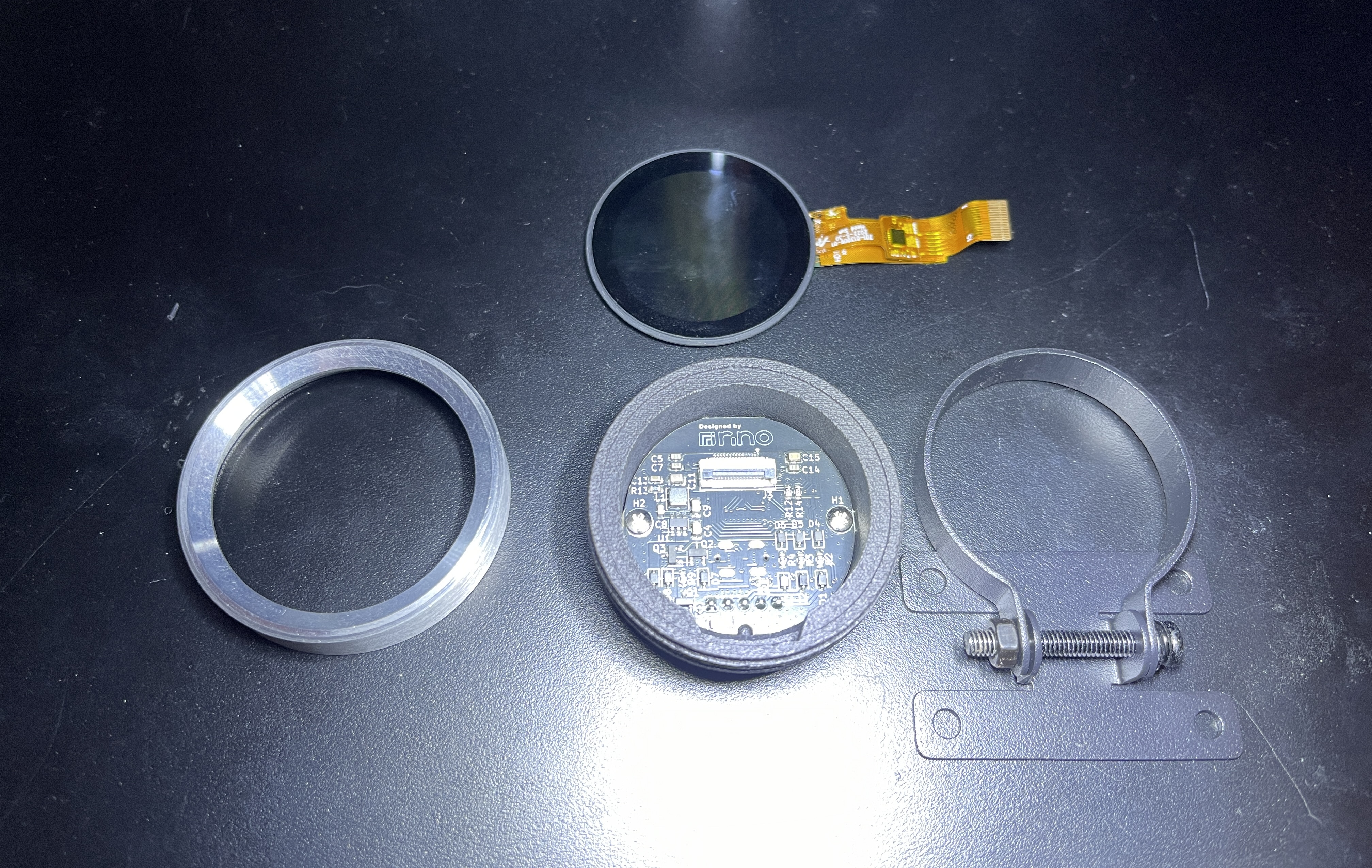
Future Prospects
I am currently advancing development to install this meter in my car. I have already designed a meter cover that can be mounted on the A-pillar.
The next step is acquiring signals via OBD2. I have also created components to retrieve CAN signals. By using ESP-NOW to transmit this information to the meter, I plan to display engine RPM, speed, and even determine and show the current gear based on these data.
